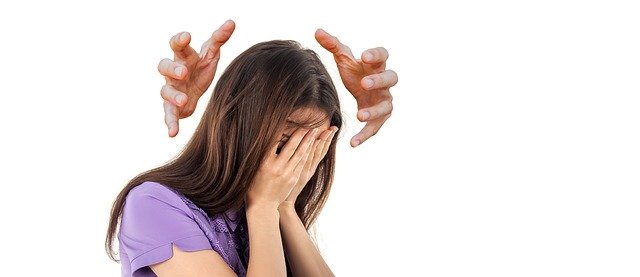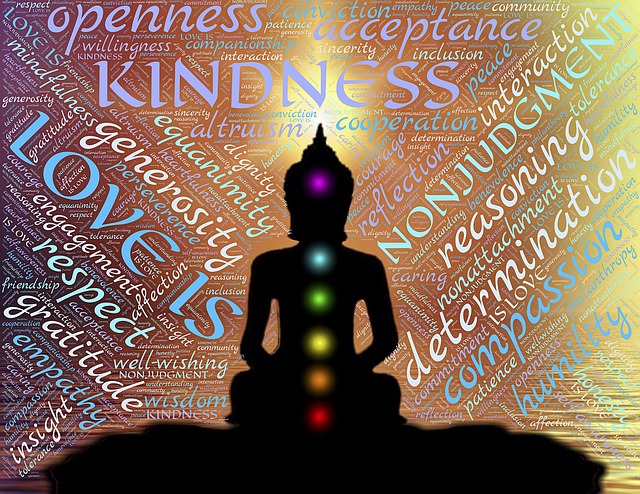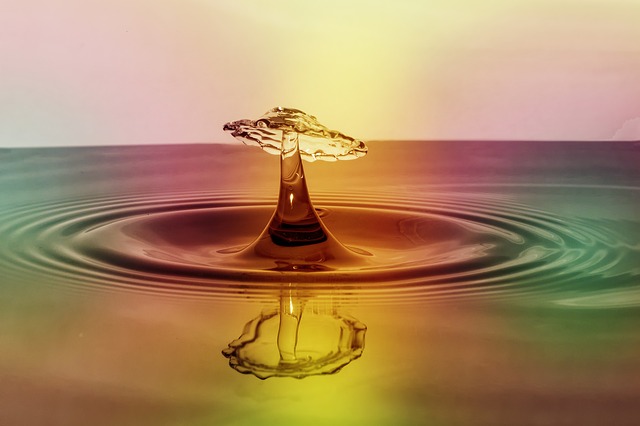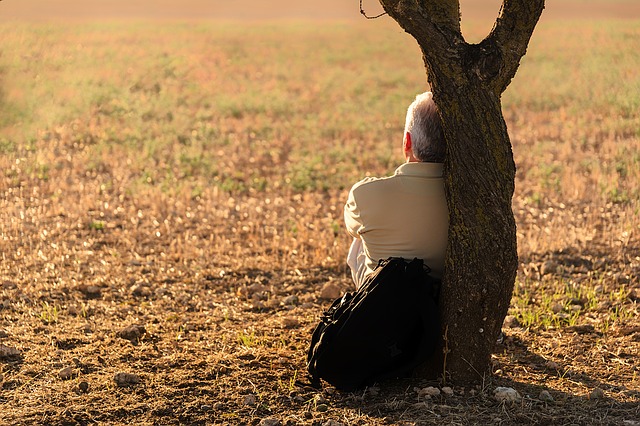Tara Brach recently spoke to Jon Kabat-Zinn on the theme of How Mindfulness Can Heal the World. This discussion took place as part of the online Radical Compassion Challenge held over ten days in January 2020. Jon’s central theme was that that it is not enough “to sit on the cushion” and meditate at a time when the world is experiencing such suffering, injustice, racial divisions and hatred; the challenge is to take compassionate action, activated by our growing awareness of our own reality and that of the world around us developed through mindfulness.
Many doors to one room
Jon argued that there are “many doors to the one room” – not only in terms of how we deal with the “agitation” we experience in today’s world but also in terms of how we individually respond by taking action. Mindfulness can help us deal with our fear and anxiety either through experiencing that fear at a fully emotional and bodily level or by examining the fear conceptually to see its origins and its manifestation in our behaviour e.g. by blaming or judging. The compassionate action we take will depend on our circumstances, our abilities and our self-awareness. Jon, for example, stated that the Mindfulness- Based Stress Reduction (MBSR) program he developed was a political and compassionate action designed to relieve suffering at a time when professors at his institution, MIT, were developing weapons of mass destruction for the Vietnam War. Tara, too, has taken compassionate action in many ways, including the establishment of Sounds True, a multimedia publishing company with a mission “To Wake Up the World”.
The role of personal stories and mindful listening
Both Jon and Tara highlighted the need to hear the stories of people who are less privileged than ourselves (e.g. in terms of their race, education, background, mental health, intellectual and physical abilities, careers, opportunities and overall wellness). While they acknowledge that mindfulness is necessary to develop awareness of ourselves and the world around us, it is insufficient by itself to stimulate compassionate action. Personal stories of suffering in its many forms can help us identify how we can take action and provide the emotional stimulus to act. Stories in the mental health arena, such as What It’s Like to Survive Depression … Again and Again, can stimulate compassionate action.
Mindfulness can help us to develop our life purpose, build resilience and develop creativity but the real challenge is to channel these into compassionate action. We are sure to encounter blockages such as our unrealistic expectations, biased assumptions, fear of failure and mistakes, but our growing awareness can help to overcome these. The challenge is to find the momentum to begin and to revisit our motivation to sustain our effort and have a real impact on some aspect of the suffering of others.
Reflection
As we grow in mindfulness, we become more aware of the suffering and pain of people in the world around us. This awareness can translate into compassionate action if we listen mindfully to the stories of people who are less privileged than ourselves. Self-awareness can heighten our acknowledgement of how much we are privileged in so many ways and help us to identify both an arena for personal action and a point of intervention. This will demand overcoming procrastination and the fears that hold our inaction in place.
Image by Gerd Altmann from Pixabay
By Ron Passfield – Copyright (Creative Commons license, Attribution–Non Commercial–No Derivatives)
Disclosure: If you purchase a product through this site, I may earn a commission which will help to pay for the site, the associated Meetup group and the resources to support the blog.




